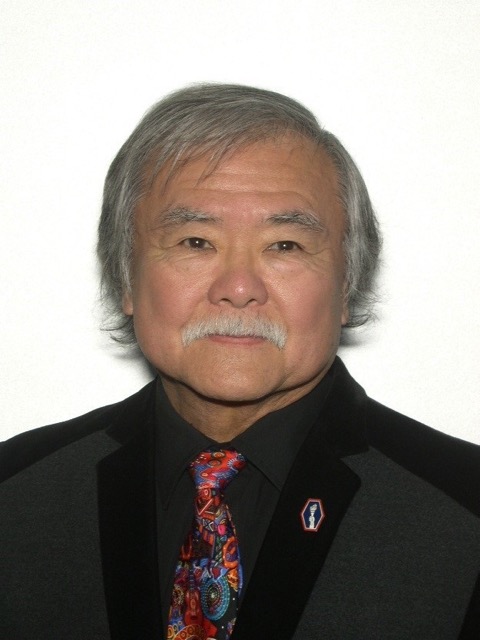Currently, David is the Chair of the City of Oroville Arts Commission and President of the Artist of River Town. He is also a College Board* Advanced Placement® Art & Design workshop consultant/presenter and a Chief Reader/Scoring Leader/Reader for the Praxis Exams. He has been a Reader and Table Leader at the AP Scoring sessions, and he serves as a member of the University of California Cadre of Visual and Performing Arts Experts, Commission on Teacher Credentialing Bias Review Committee and The Commission of Accreditation Site Visitation Team and examining teacher presentation programs. He was a California Art Project Staff member. California Art Education Member and a past officer and National Art Education Association Member since 1974. He received the California Art Education Association Outstanding Secondary Educator in 1992, California Art Education Association Outstanding Visual Program award in 1996, and the National Art Education Association Pacific Region Secondary Art Educator Award in 1999. 2018-19 Butte County Office of education VAPA Coordinator and Region II Lead. 1973 to 2010: Oroville High School Art Teacher, VAPA Chair and Head Wrestling Coach. David's teaching assignments have been Art/ Art Appreciation, Art II/ Graphic Design, Advanced Art, AP® Art & Design and Adult School Ceramics/Sculpture. He has mentored over thirty-five teachers over the years. He has contributed to the standards developed and content for all of the current Art Teacher assessments: National Board Certification of Early Adolescence through Young Adulthood, PRAXIS, and CSET Exams. He served in the U.S. Army and on the U.S. Department of the Interior Junior Duck Stamp Curriculum committee and helped in introducing the fifth standard in California's VAPA framework.
Art & Design
AP Seminars Silicon Valley 2024
Day 1 Part 1: Understanding the Course:
Focus on Drawing
• Welcome, Introductions.
• Using the Course Framework,
• Accessing AP Classroom
• What is a Sustained Investigation?
• Looking at sample Portfolios
• What are Selected Works?
• Looking at sample Portfolios
• Accessing AP Classroom
• Preparing surfaces for experimenting, and revising with material, and processes
Day 2 Understanding, Planning and Teaching the Course:
Focus on 2D-Design
• Understanding the Course
• Planning Your Course
• Teaching the Course
• Documenting work in progress
• Generating Possibilities for Investigation
• Formulating Questions to Further Sustained Investigation
• What is AP 2-D and Design, AP 3-D Art
and
Design, and AP Drawing?
• Inquiry and Making
• Setting Learning Milestones
• Communication and Reflection Critique Methods.
Day 3 Part 3 Teaching the Course: Focus on 3-D Design
• Practicing, Experimenting, and Revising with Material, Processes, and Ideas
• Activity J Connecting Visual and Written Evidence
• Inquiry and Making
• Skillful Synthesis of Materials, Processes, and Ideas
• Striving for Equity and Access Using the Growth Mindset
• Communication and reflecting. Sharing resources
Day 4 Part 4 Assessing Student Progress and Understanding
• Activity M Formative and Summative Assessment
• Activity in Presenting Art and Design for interpretation
• Inquiry and Making Set up Sustained Investigations
• Set up Art display.
• Scoring Portfolios
• Activity P AP Course Audit and AP Resources.
• The course Audit,

